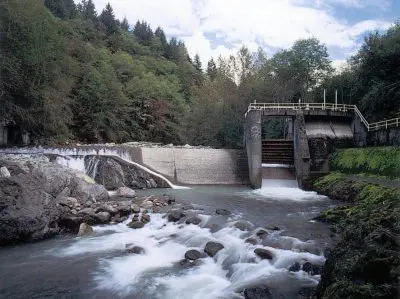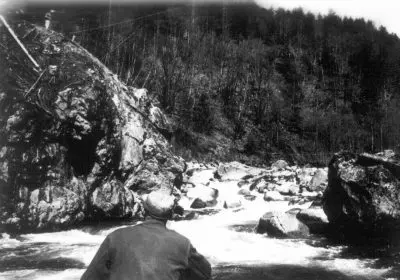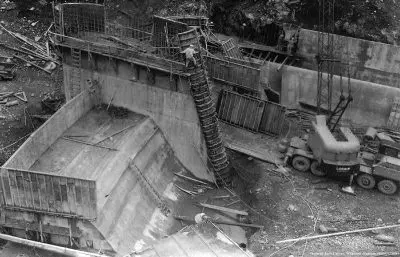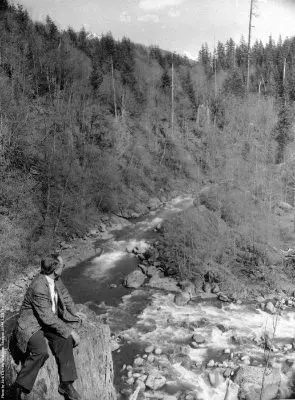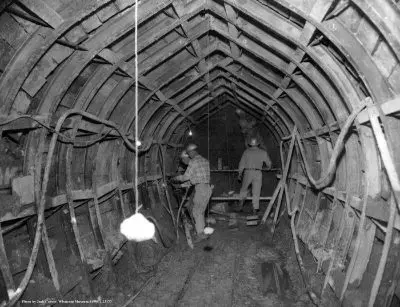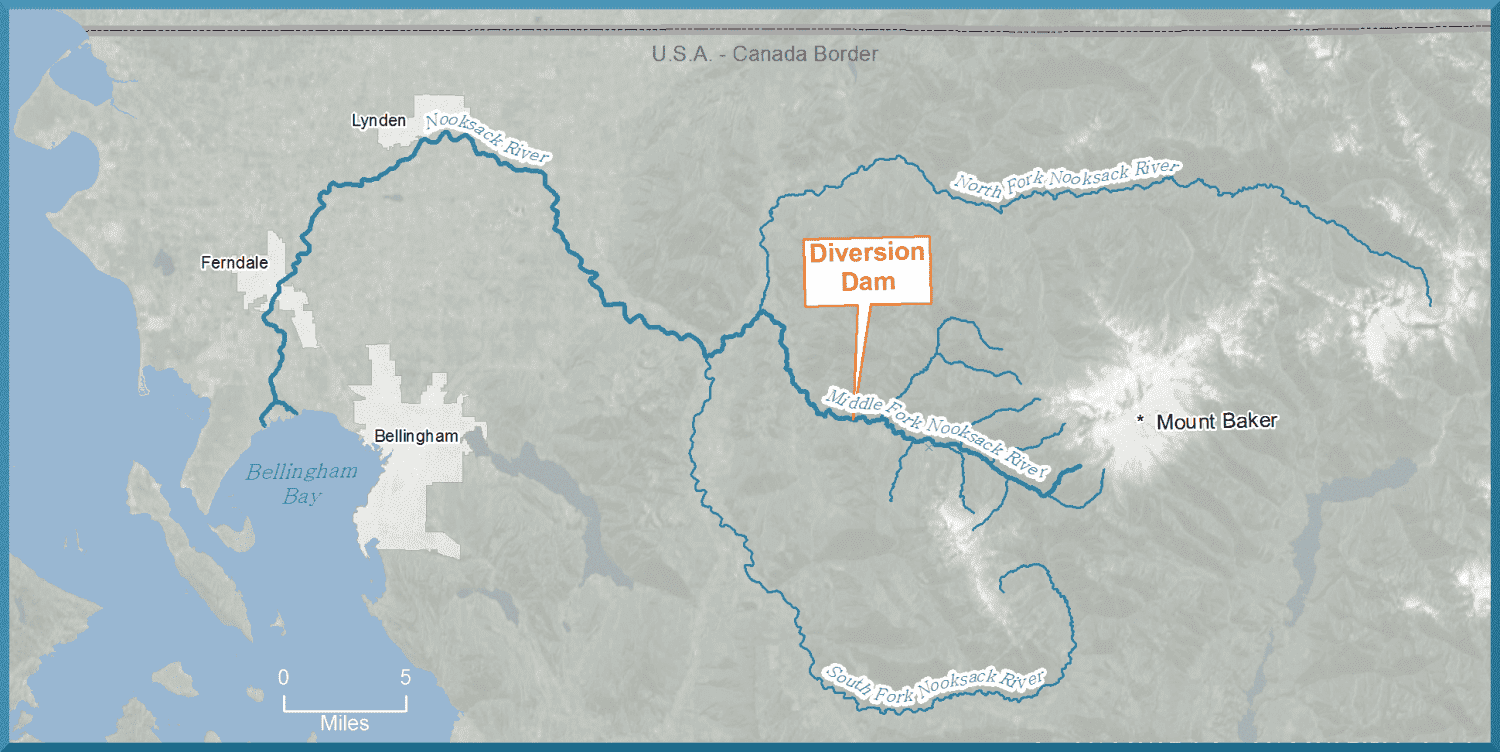
The Nooksack River Watershed (WRIA 1), located in northwestern Washington, spans parts of Whatcom and Skagit counties and also reaches northward into British Columbia. The watershed covers over 830 square miles with elevations ranging from sea level to the summit of Mt. Baker at 10,778 feet. The Nooksack River watershed system contains more than 1,000 miles of streams and rivers, spanning three main tributaries – the North Fork, Middle Fork and South Fork. Over 90% of the Middle Fork watershed is publicly owned, while the remaining watershed is protected through forest conservation practices. The majority of public ownership in a heavily forested coastal watershed originating off the flanks of Mt. Baker has resulted in a river with relatively pristine habitat, allowing it to be a home for salmon and trout as well as a place of spiritual significance to the local Nooksack Indian Tribe.
Prior to the arrival of non-native settlers to the area that is now known as Whatcom County, the Nooksack Indian Tribe had intimate knowledge of the Nooksack River and inhabited areas throughout its watershed. This knowledge and spiritual significance of the Nooksack River was shared geographically with the Lummi Nation, who controlled the lowermost reaches and mouth of the Nooksack. The Nooksack Indian Tribe used the Middle Fork Nooksack River valley for hunting and foraging for food as well as for religious activities. The area remains important today for many tribal religious and cultural activities; however, the construction of the Middle Fork Nooksack River Dam by the City of Bellingham in 1961 has had a negative impact on the river’s use for religious ceremonies.1
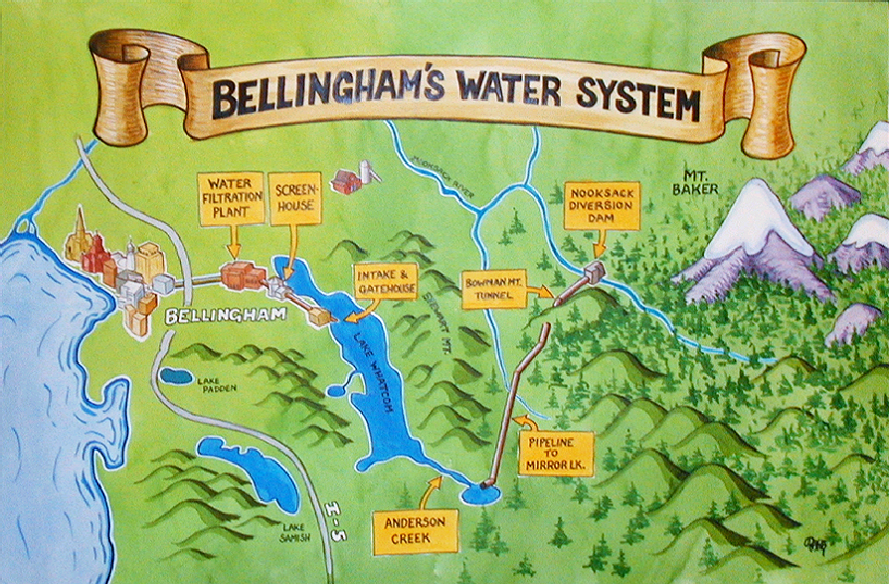
The City of Bellingham operates a water diversion dam on the Middle Fork Nooksack River, approximately 20 miles east of the city of Bellingham. The City has diverted water from the Middle Fork since 1962 to supplement its main water supply source, Lake Whatcom. Water from the Middle Fork is diverted intermittently, mostly during winter and spring high flows, and in compliance with instream flow requirements. From the river, the water flows through a 1.6 mile long tunnel and 9.5 mile long pipe into Mirror Lake and then into Anderson Creek, which empties into Lake Whatcom. The lake is the drinking water reservoir for over 85,000 City and County Residents.
No fish passage facilities were required when the diversion dam was constructed. The dam obstructs access to approximately 16 miles of river and tributary stream habitat for three anadromous Endangered Species Act-listed Puget Sound species: Chinook salmon, Steelhead and Bull Trout, as well as other native resident fish species.
In 2000, the City was approached by the Nooksack Indian Tribe and Lummi Nation who offered to work together to restore fish passage at the Middle Fork diversion dam. Since signing a formal partnership agreement with the tribes and the Washington Department of Fish and Wildlife (the WRIA 1 Fisheries Co-Managers) in 2002, the City and its project partners have considered several options for a project that would provide fish passage and maintain the City’s ability to divert water for municipal water supply needs. These initial efforts led to the completion of project studies and evaluation of various design alternatives. In 2017, the project was re-initiated when American Rivers joined the effort as a formal partner, with funding provided by Paul G. Allen Family Foundation for project management and coordination, as well as design and construction funding match. Project construction began in 2020 with the removal of the dam. The dam removal restores fish passage and “the spiritual power and beauty in the eyes of the Nooksack Indian Tribe”.1 All project elements were complete in 2022.
1The spiritual significance of the Nooksack River watershed to the Nooksack Indian Tribe, as well as an in-depth look at the history of the Middle Fork Diversion Dam, is further explored in this historical essay that was commissioned as part of the Middle Fork Nooksack River Fish Passage Project.
Historic Photos
Contacts
Steve Day, P.E.
Project Engineer
City of Bellingham Public Works
(360) 778-7944
smday@cob.org
April McEwen
River Restoration Project Manager
American Rivers
amcewen@americanrivers.org
Public Works Contacts
